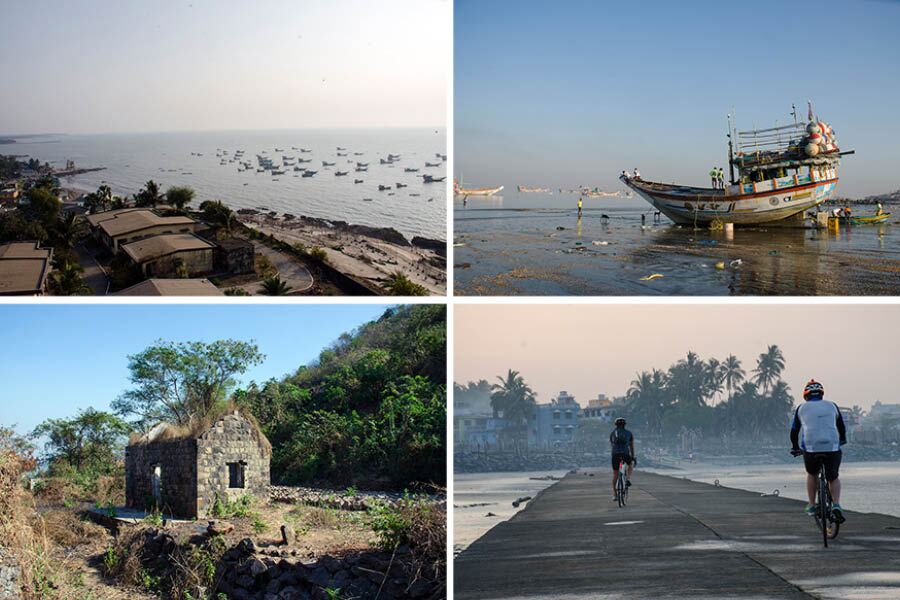East Indians of Mumbai may sound like a paradox but this ethnic group is considered the original inhabitants of Mumbai and the adjoining neighbourhoods of Raigad and Thane. They have been continuously residing in the area since Mumbai, or rather Bombay, was only a string of marshy islands.
East Indian Christians
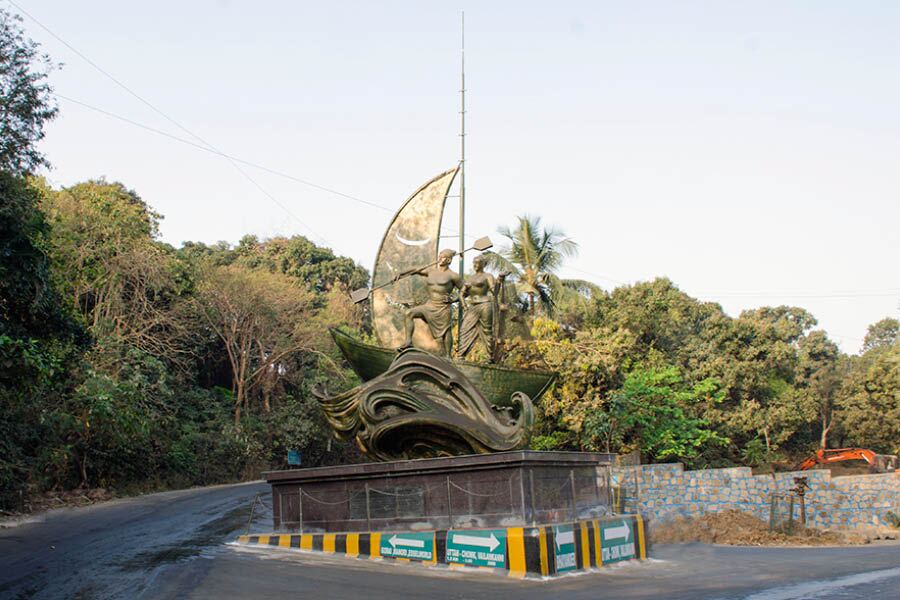
A statue at Bhoot Bangla crossing depicting the local fishing community
East Indian Christians, or simply East Indians are an ethno-religious Indian Christian community. They trace their roots to those who converted to Christianity in the 16th century when Portugal took over Bombay. On May 11, 1661, Charles II, king of England, Scotland and Ireland, married Catherine of Braganza, daughter of John IV, king of Portugal. Mumbai (then Bombay), which was then a Portuguese colony, was handed over as dowry in marriage.
As the East India Company took control of Bombay, it started recruiting local Christians, who had been converted during the Portuguese regime. The Christian community of the nearby Portuguese colony of Goa took advantage of the situation and shifted to Bombay for employment opportunities.
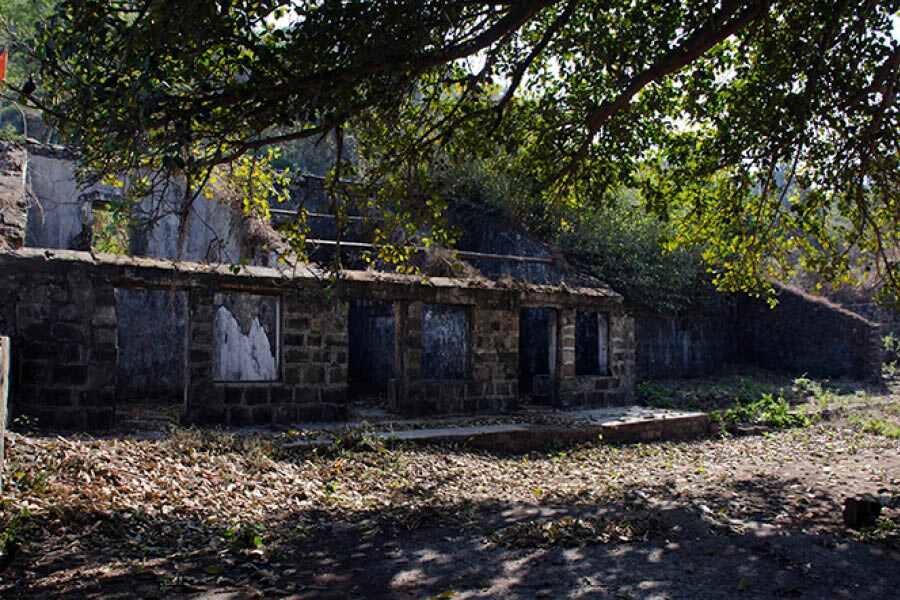
Ruined stone huts at Dongri Fort
This led to an ethnic conflict and during Queen Victoria’s golden jubilee (around 1887), the Christians of Bombay region renamed themselves as East Indian Christians, as they were employees of the East India Company. Later, they preferred to call themselves the East Indians. Today, the East Indians are a predominant fishing community settled in the northern corner of Mumbai.
Churches and grottoes
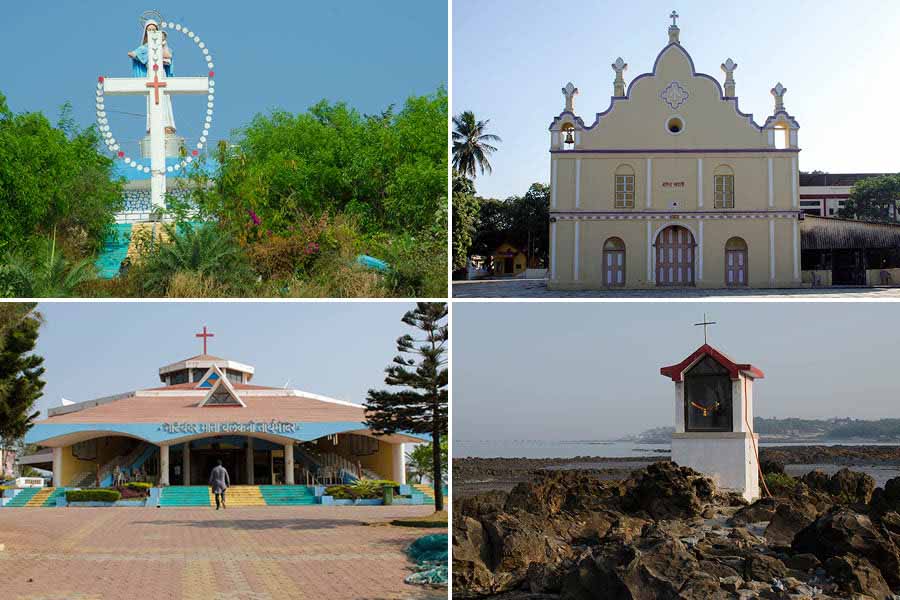
A giant Cross and a statue of Mother Mary with Infant Jesus dominating the skyline of Uttan; Our Lady of Bethlehem Church, Dongri; a grotto on a rocky outcrop in Gorai beach; Velankanni Church, Uttan
The coastal villages are marked with relatively large houses along with scattered grottoes (grotto refers to a small picturesque cave, especially an artificial one in a park or garden) and occasional churches. As Christianity spread, the Portuguese started building churches and a few of them stands to this day. This includes the Our Lady of Bethlehem Church in Dongri.
The church dates back to 1613 and has a simple facade and houses the gold-plated wooden statue of Mother Mary with Infant Jesus. The area also has its share of new churches and one of the latest addition is the Velankanni Church at Uttan, constructed in 2000. The altar houses a simple but elegant statue of Mother Mary with Infant Jesus.
The grottoes of East Indians generally represent follies housing statues of Christ along with Mary, Joseph and a host of other Christian saints. These are often housed inside the church complex and even inside private properties. There are also many in public places and even on rocky outcrops along the beach.

(Top row) Catch of fresh fish and (above) fishes dry on bamboo scaffolding
Forts
The area had its strategic importance and the Portuguese made several forts to keep the region safe from the invaders. Dongri Fort is one the few remaining forts of the Portuguese era. It is located at the mouth of the Vasai Creek. It stands on an elevated region located south of the Vasai Creek. A few bastions and a few ruined stone huts are all that remains of the four-century old fort. But it’s strategic portions provide a great view of the Vasai Creek, Arabian Sea and the skyline of the ever expanding city of Mumbai.
Fishing trawlers and boats
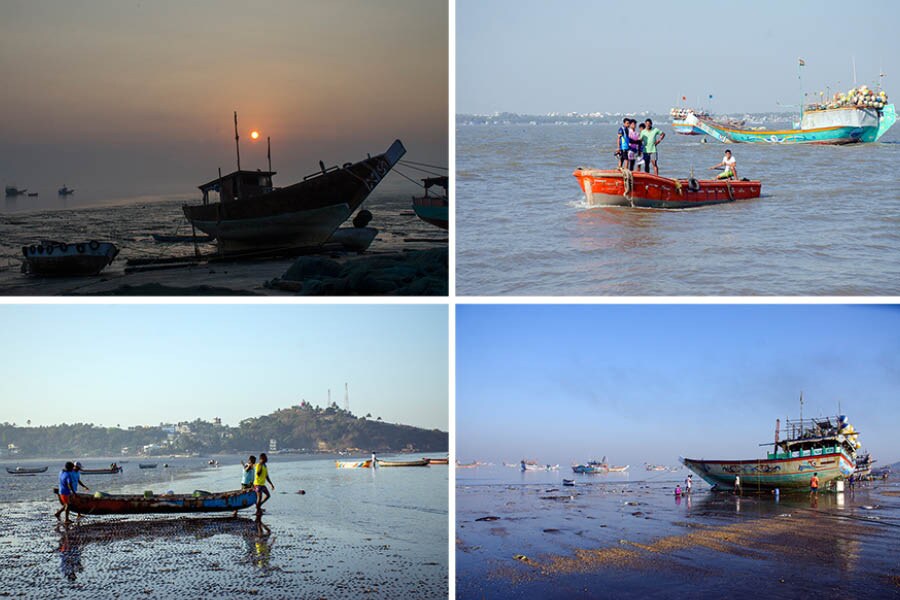
(Clockwise from top left) Sunrise at Dongri beach; fishing boats and trawlers at Dongri beach and fishing activities at Uttan beach
Fishing is the mainstay of the region and no wonder, trawlers and boats are integral parts of the coastal landscape. The beaches are bustling with fishing activities. During the morning hours, activities are at its peak but the various activities go on throughout the day.
Fresh fish and Bombay Duck
Incoming trawlers bring in fresh catch of fish from the high seas. After unloading, a large portion of the fish are packed with ice and are made ready for transportation. The other portion are kept aside and are sun-dried. Bombay Duck refers to dried lizard fish (lote), which are caught in the region and has a demand in West Bengal. The dried fish, which has a long shelf life, are transported by Mail trains across the country to Kolkata. The Bengali word for ‘mail’ is ‘dak’, and hence, the name Bombay Duck. Over the years, the term Bombay Duck is generically referred for all varieties of dried fish. Today, the beaches of north Mumbai have large bamboo scaffolding where huge quantities of fishes are kept to dry under the sun.
Beaches and tourism
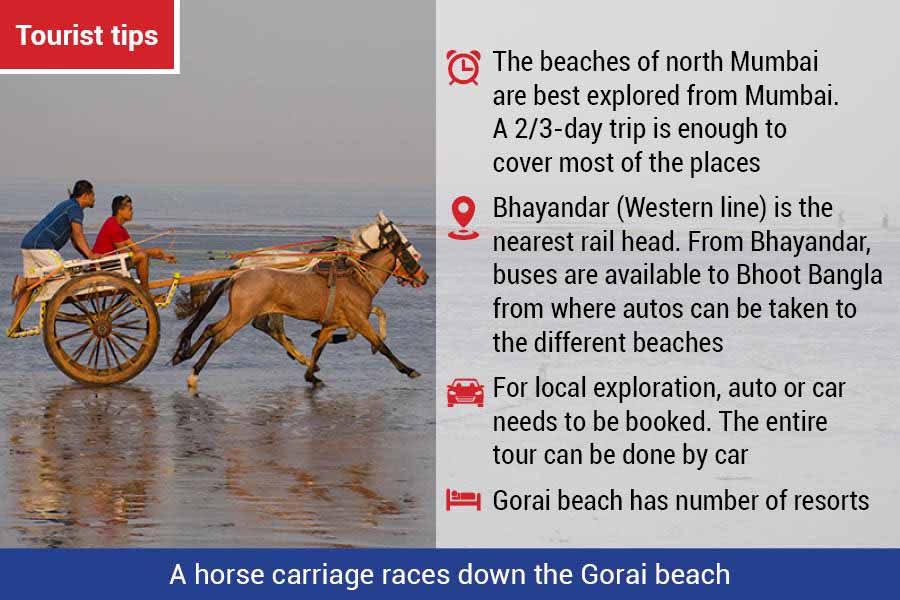
The fishing villages with their frenetic activities and the strong smell of fresh and dried fish are not touristy but the region also has its share of pristine beaches complete with luxury resorts and shacks selling mouth-watering sea food. The Gorai beach has few fishing activities and has long stretch of sand. It is suitable for bathing but there are few rocky outcrops which may pose danger to the bathers. These outcrops are usually marked with red flags and the beach also has a team of properly equipped life guards. Horse carriages provide joyride to tourists. The beach is lined with coconut trees creating a beautiful landscape combining the sand and the sea.
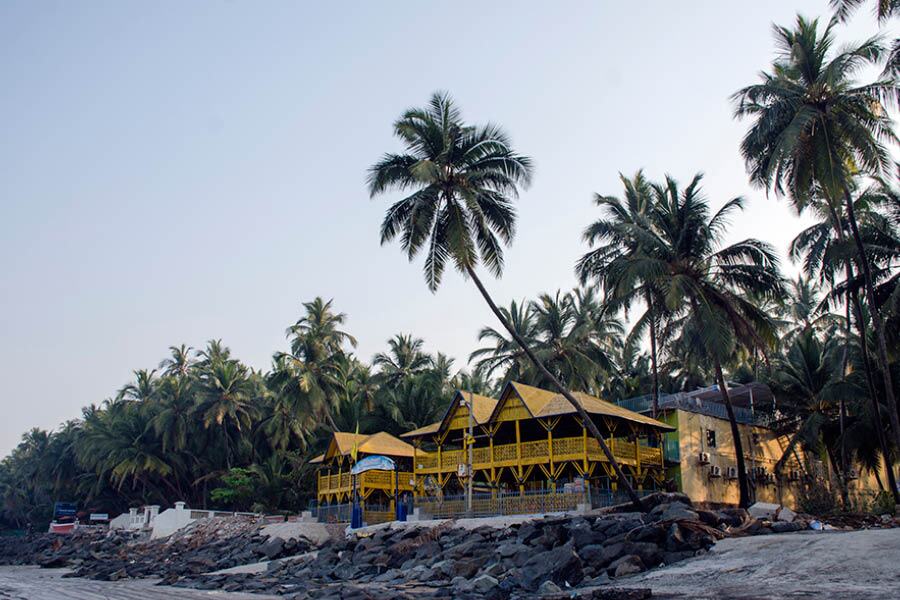
A resort surrounded by coconut grove at Gorai beach
